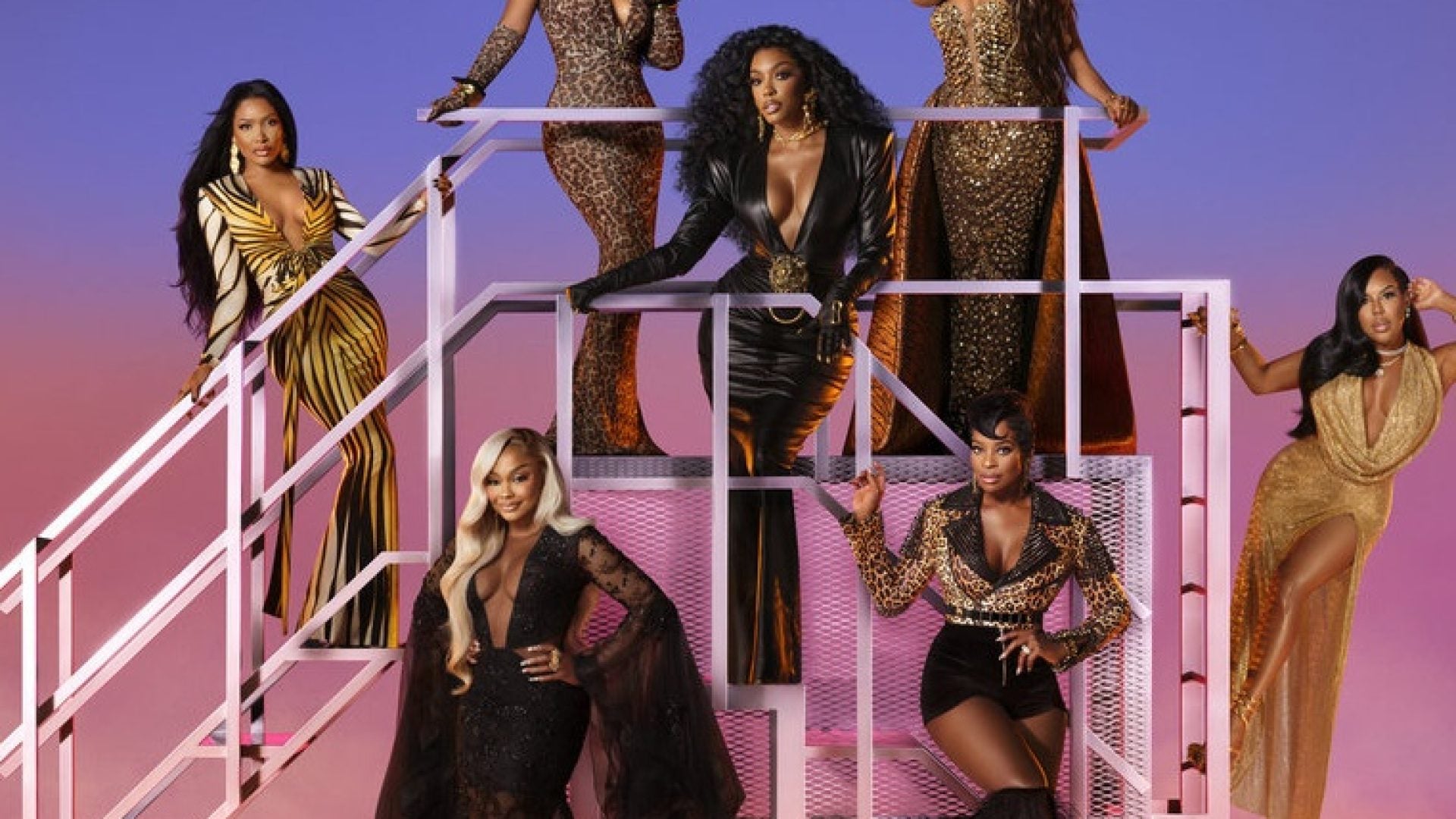There is a broadband emergency in America.
The COVID-19 pandemic has exposed the digital divide in an unprecedented way. As civil rights leaders and a commissioner of the Federal Communications Commission, we are calling on our nation’s leadership to enact a robust connectivity plan to address the immediate and future needs of marginalized communities.
Our historic failure to close the digital divide has had a devastating effect on communities of color in both rural and urban America. The public health crisis has compounded the digital divide in recent months. Shelter-in-place orders issued to help slow the spread of the virus have caused classrooms to move online, shifted workplaces to virtual settings, and closed libraries and casual dine-in restaurant options where many people connect to public Wi-Fi.
The lack of access to broadband impacts our communities’ ability to access educational and telemedicine programs and employment opportunities. It also disrupts people’s ability to fully participate in our democracy. With no Internet connection, people lose the option to fill out the 2020 Census online and many cannot register to vote or request a mail-in ballot, given that some government agencies offering in-person registration are closed to the public or have limited hours due to the pandemic.
The Internet is also a powerful tool for building movements—from allowing our communities to share our narratives in new ways to amplifying mobilizing efforts. Online activism is a critical part of how we shared stories about the lives of George Floyd, Ahmaud Arbery, Breonna Taylor, Trayvon Martin, Sandra Bland, Michael Brown and so many more. Connectivity helps bend the arc of history toward justice.
An astonishing 34 percent of Black adults, 39 percent of Latino adults, and 47 percent of those on tribal lands do not have a home broadband connection. This compares with the 21 percent of White adults who do not have broadband at home. We must acknowledge that systemic barriers, including affordability, are preventing communities of color from adopting broadband. Digital literacy and the lack of access to computers are also significant factors. Our remedy must be bold and expansive in enacting inclusive connectivity policies that center on communities of color.
The House of Representatives has made a start with legislation like the HEROES Act, which appropriates $5.5 billion to address the digital divide during the pandemic. This legislation includes an expansion of the FCC’s E-Rate Program—which supports broadband for schools and libraries—to allow these institutions to purchase hot spots and devices for our youngest school-aged children. Critically, the legislation also includes a subsidy of up to $50 per month toward broadband connections and up to $100 for connected devices for low-income families and the surge of 40 million newly unemployed people. The Senate must act swiftly—the need for immediate connectivity and broadband access has never been greater.
The FCC also has an important role to play. Lifeline is the only federal program specifically designed to meet the communications needs of our most vulnerable, and yet only 7 million of the 38 million eligible households participate in the program. New and existing recipients of programs like SNAP and Medicaid can get connected with a free smartphone—but only if they know about the Lifeline program. The good news is that 144 members of the House and Senate agree, and they recently called on the FCC to increase subscribership by coordinating with agencies like USDA and HUD to ensure that recipients are immediately notified about their eligibility for Lifeline. This is a commonsense measure that will ensure low-income people in America do not need to make financial sacrifices in other crucial parts of their lives to connect.
Long-term, however, lawmakers must address the complex mix of challenges–affordability of devices and connections, helping to expand low-cost Internet and device offerings that many will need long after this emergency. A recent study indicates that more than 18 million households lack broadband simply because it is too expensive. An affordable broadband option will help ease the burdens on people who struggle to make ends meet. Research shows that low-income families can only afford to pay around $10 a month for broadband, which is roughly the price point of many Internet offerings targeted toward low-income consumers. We must expand these offerings and remove barriers to participation.
Congressman John Lewis said, “Access to the Internet…is the civil rights issue of the 21st century.” We agree. The alarming current and forecasted impacts of COVID-19 show us that the people can no longer wait for connectivity. Now is the time to come together to ensure all communities have access to affordable and reliable broadband.
About the Authors:
Reverend Al Sharpton (@TheRevAl) is the founder and president of the National Action Network.
Geoffrey Starks (@GeoffreyStarks) is a commissioner of the Federal Communications Commission.
Vanita Gupta (@vanitaguptaCR) is the president and CEO of The Leadership Conference on Civil and Human Rights.
Marc Morial (@MARCMORIAL) is the president and CEO of the National Urban League.






Maurita Coley (@MauritaColey) is the president and CEO of the Multicultural Media, Telecom and Internet Council.







